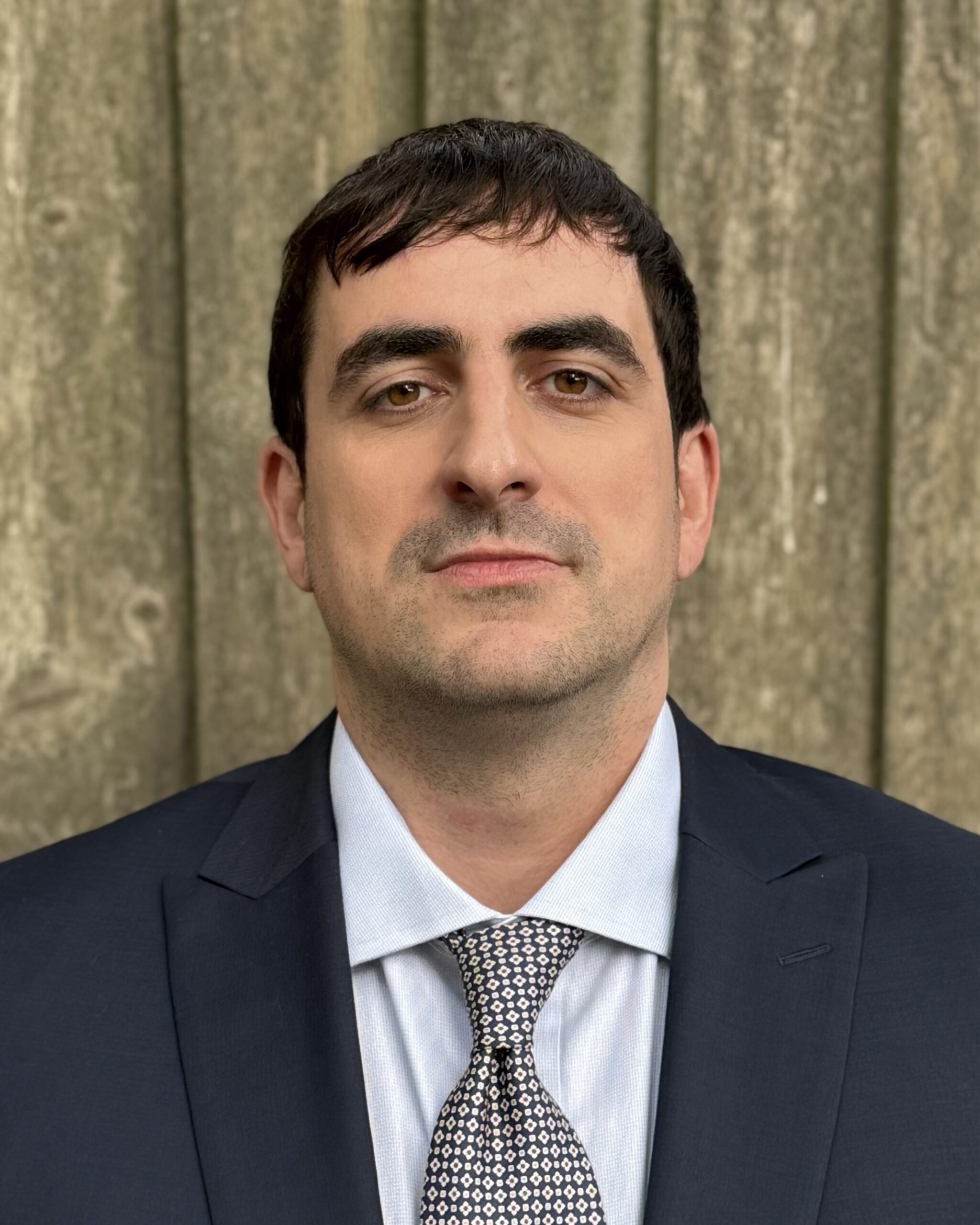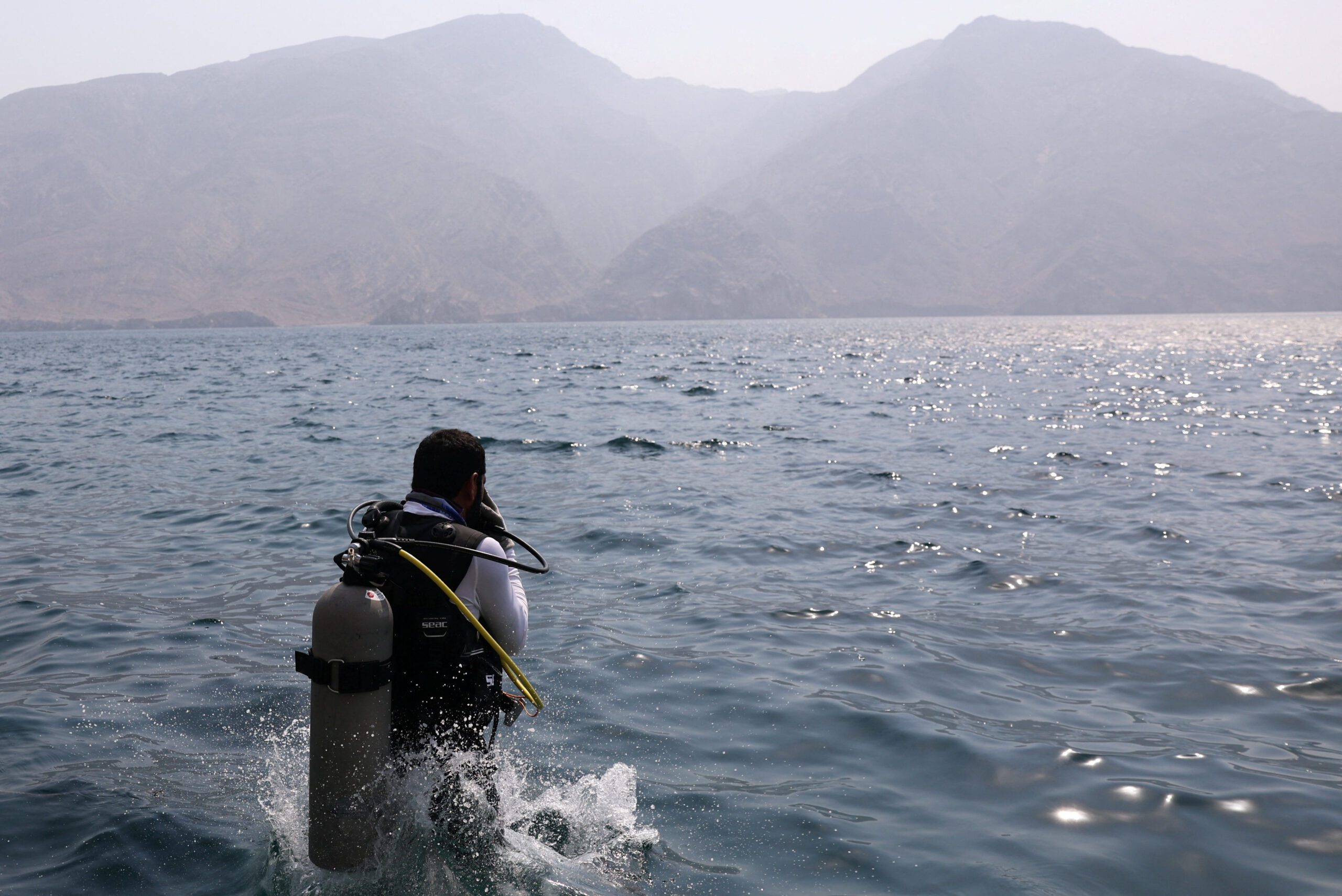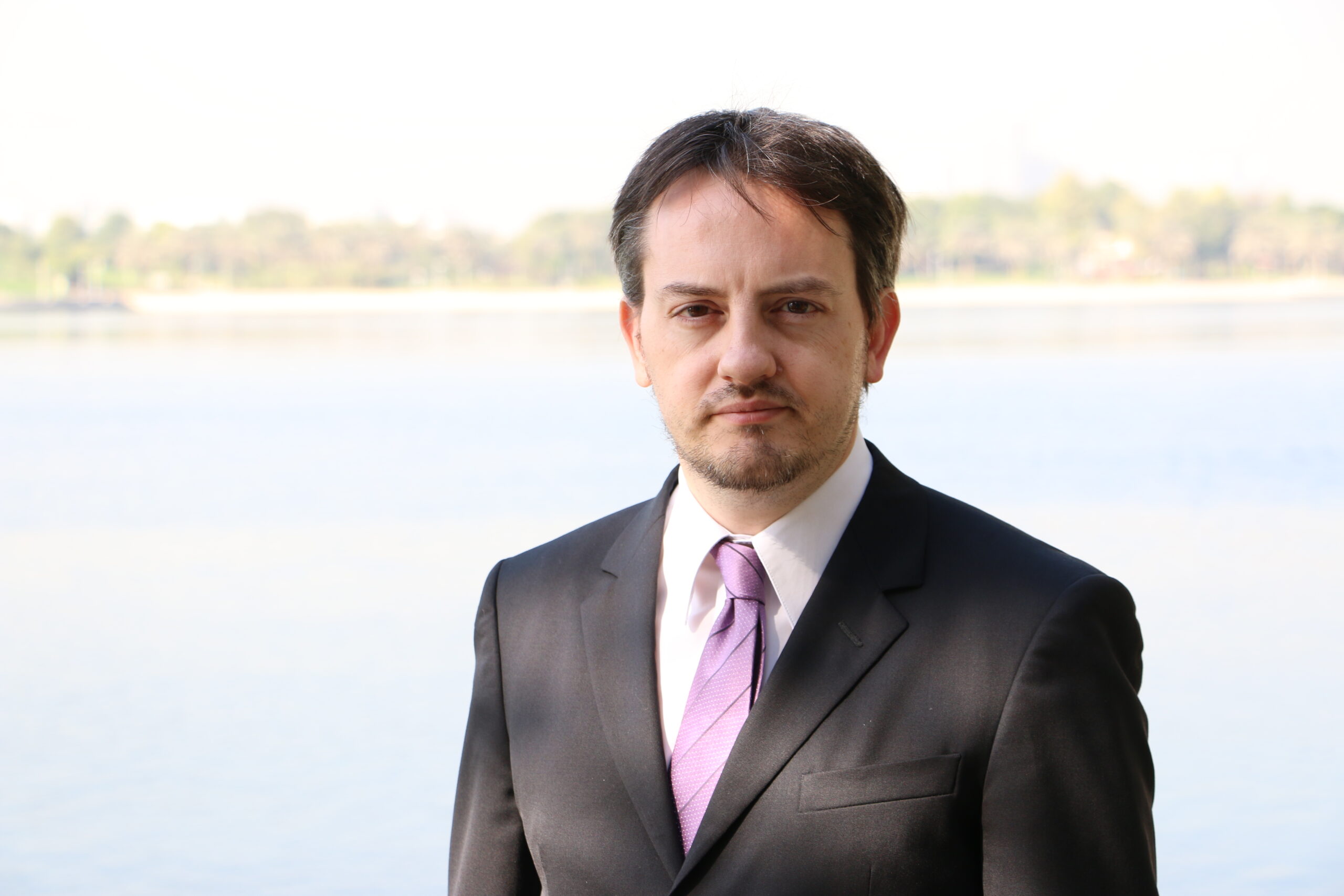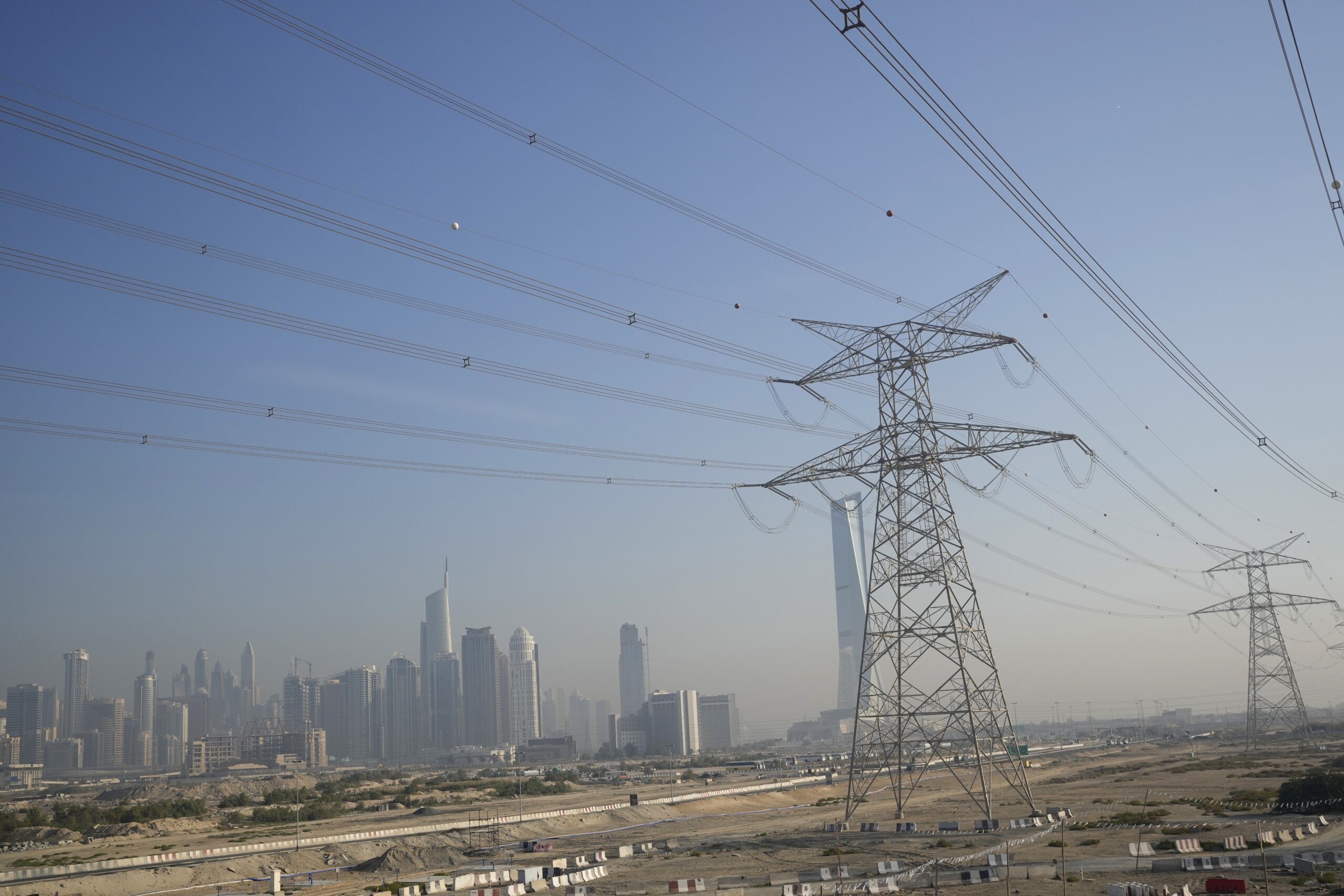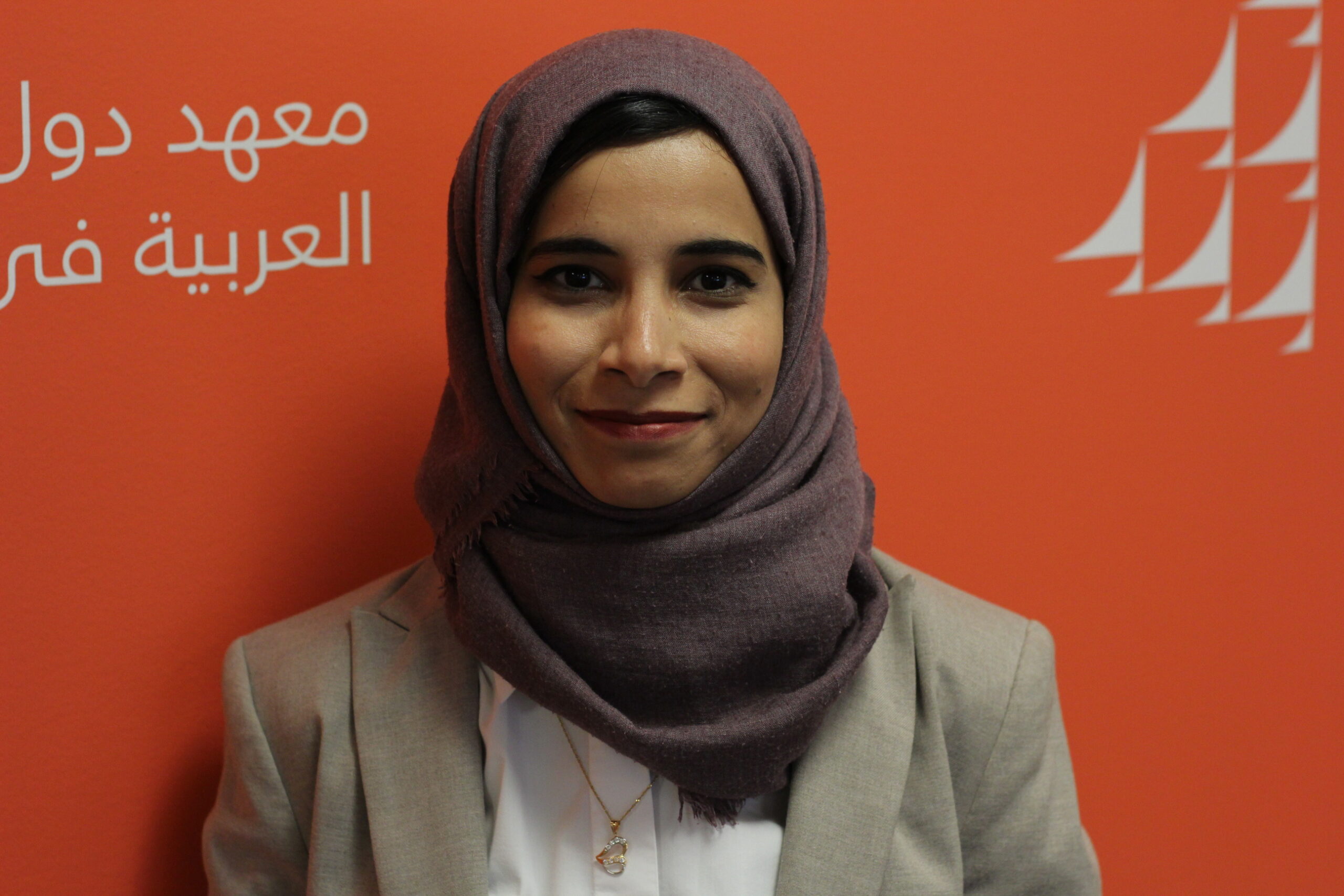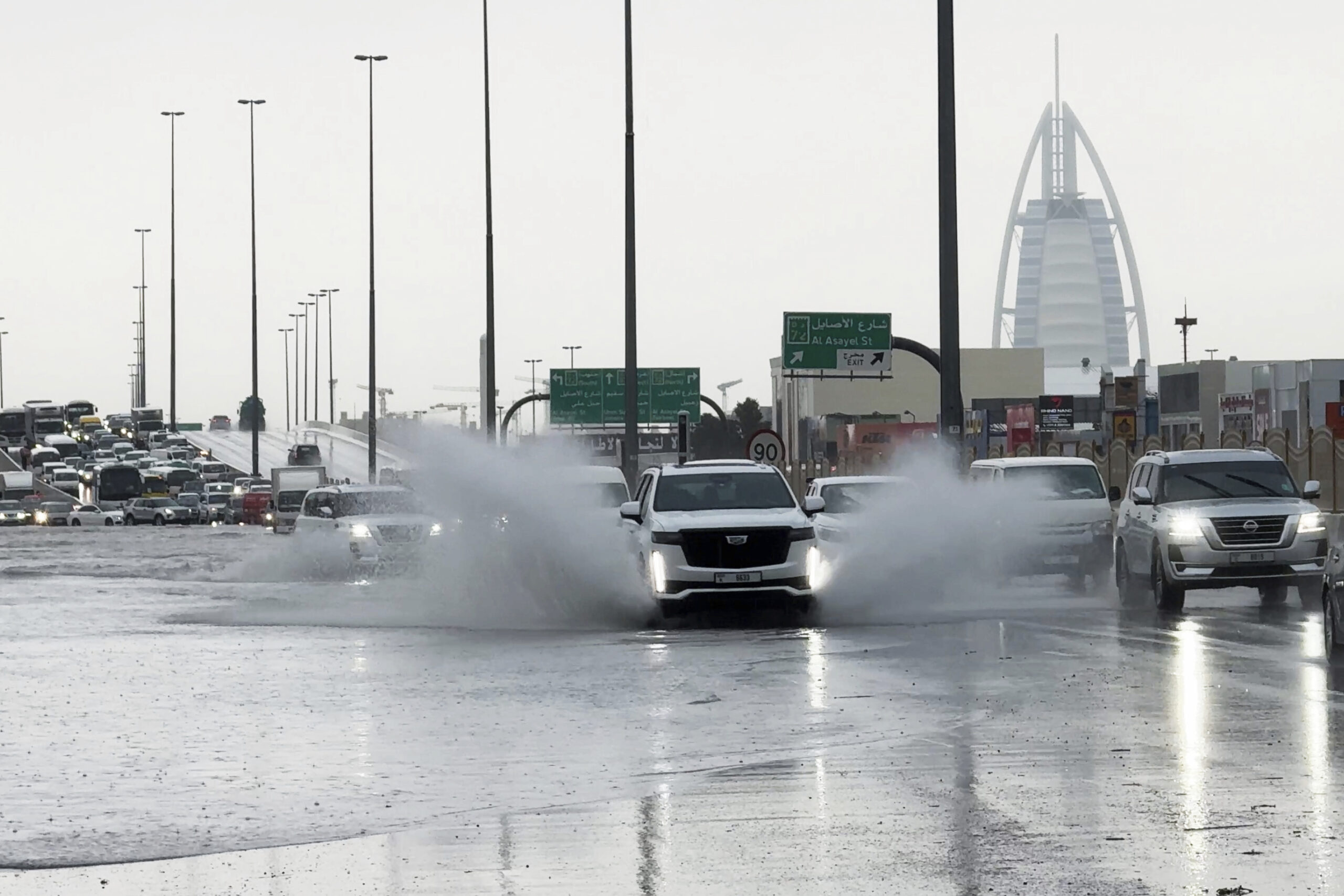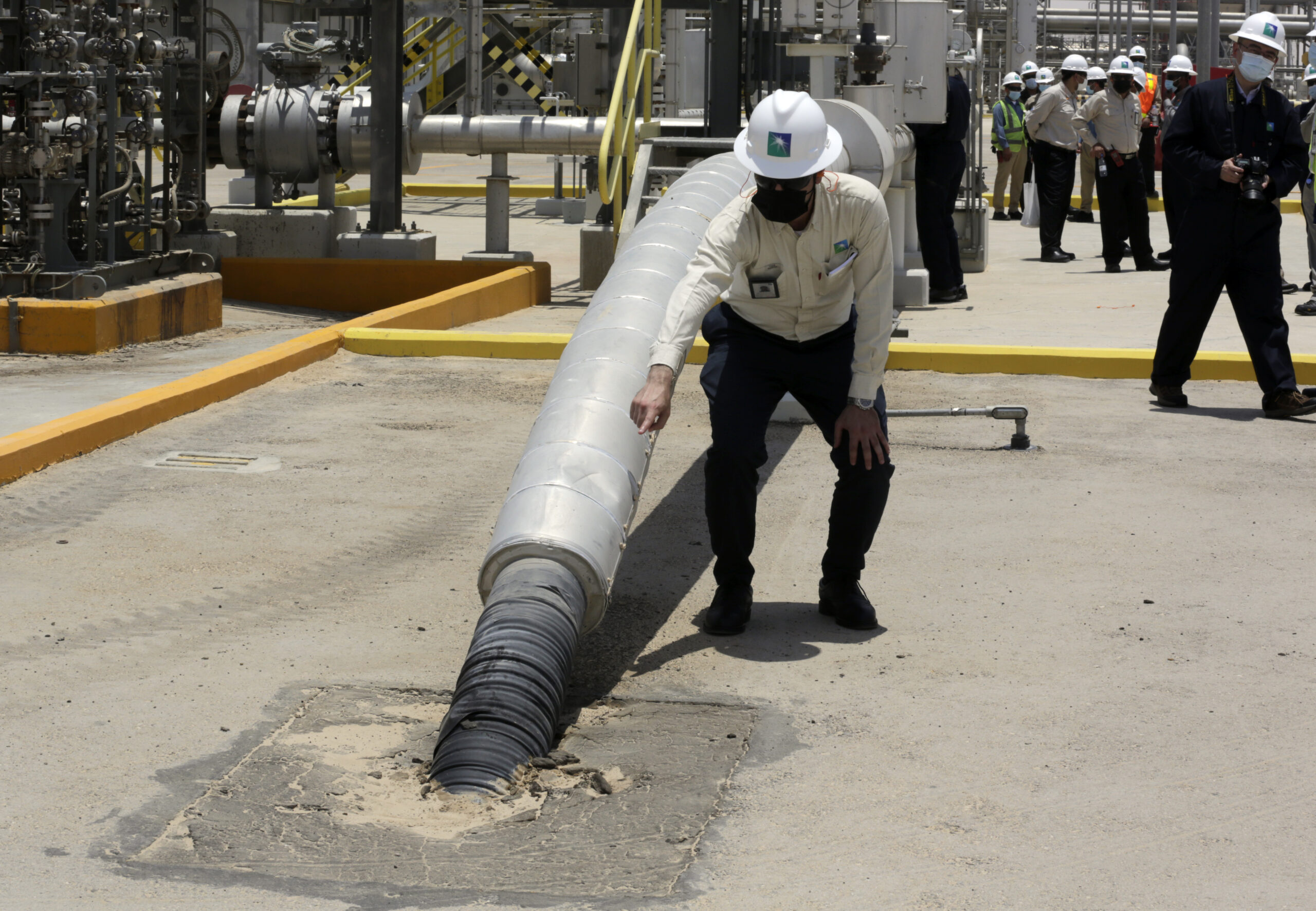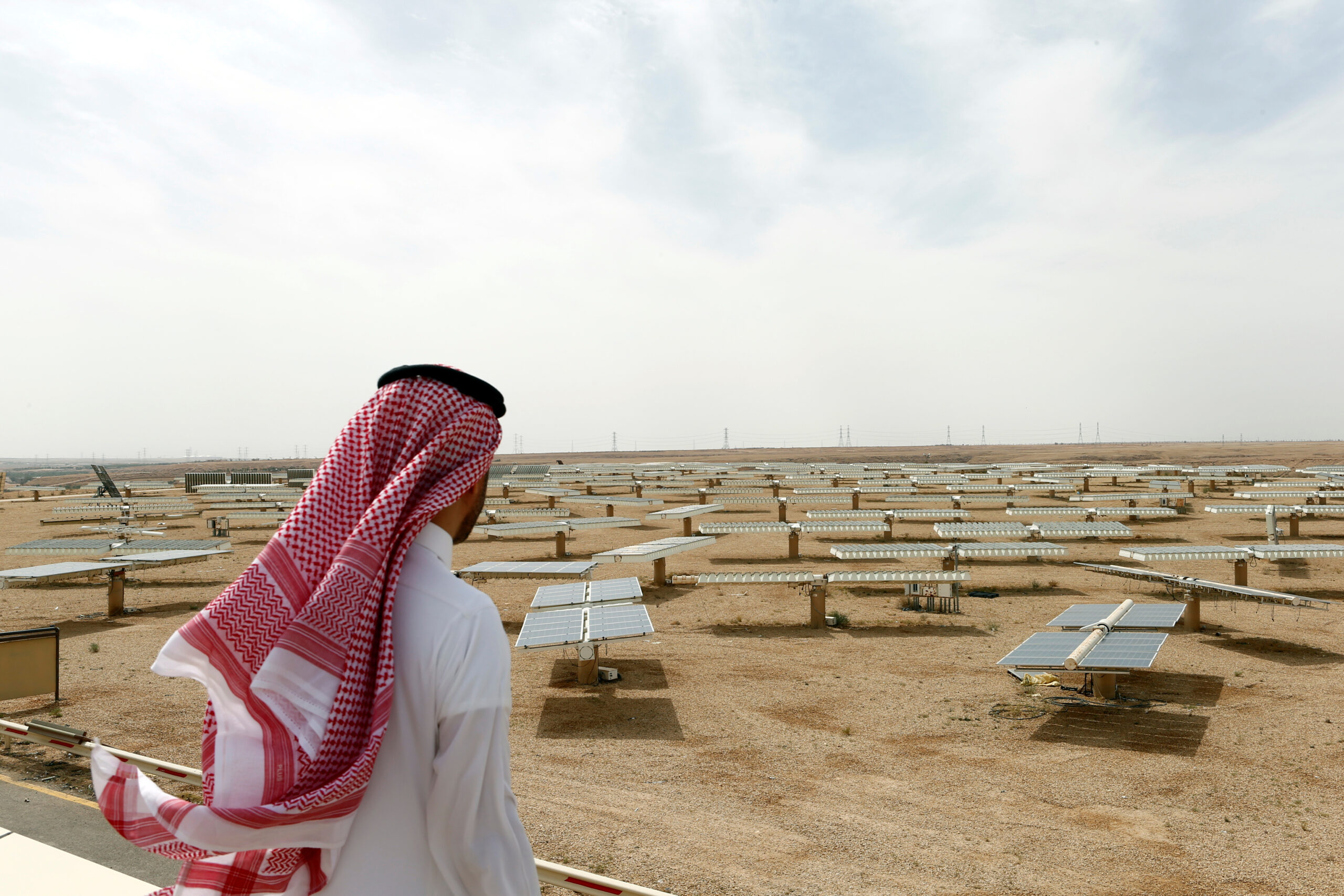Insuring ESG: Why the Gulf’s Financial Future Depends on Risk Pricing
Gulf insurers can embed environmental resilience, social safeguards, and governance rigor into underwriting to strengthen local markets and align with the expectations of global investors increasingly focused on ESG.
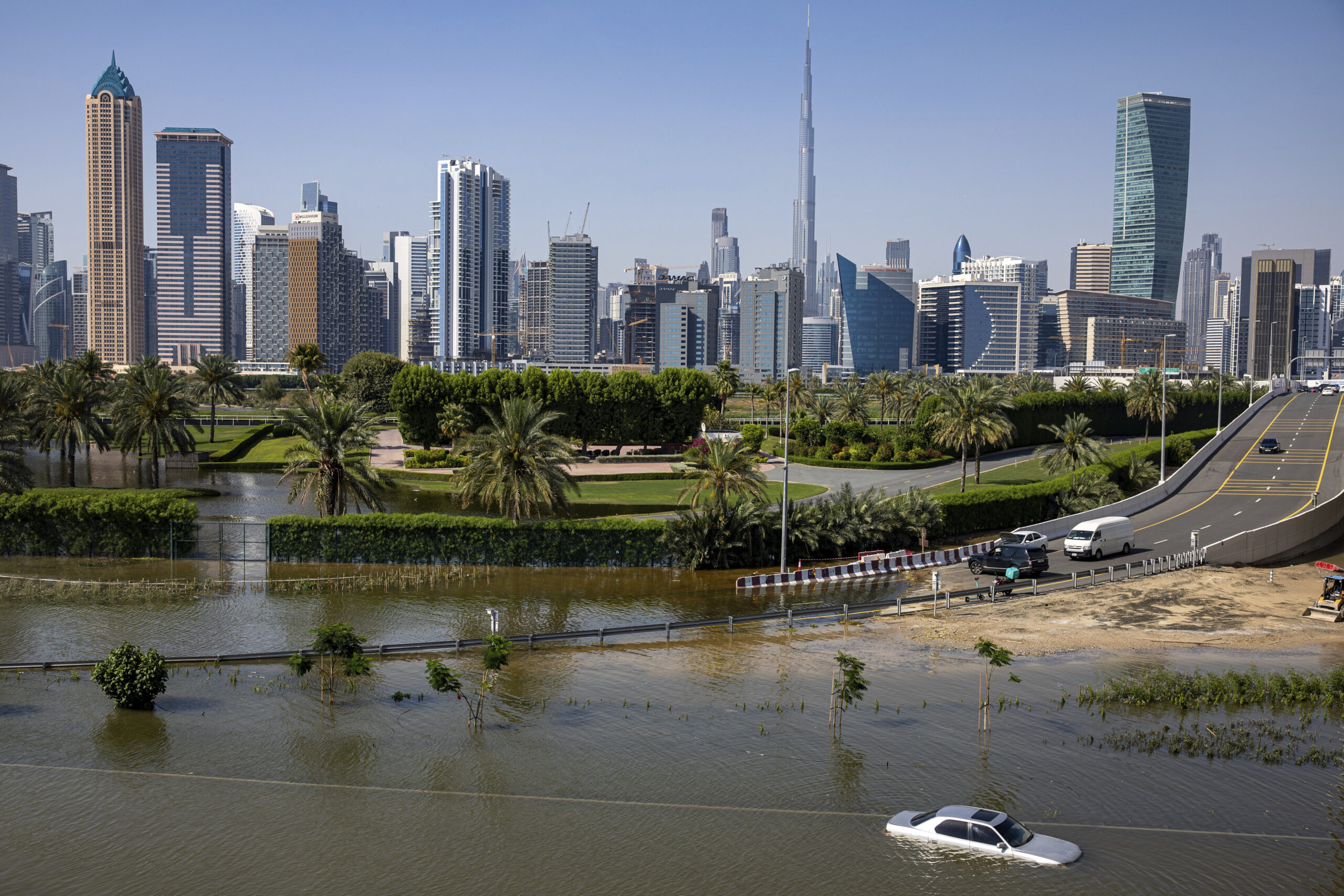
The Gulf’s insurance industry is emerging as a decisive force in shaping how the region approaches sustainability and governance. As European regulators stall on sustainability reporting, Gulf insurers and reinsurers are already absorbing the environmental shocks and governance gaps that determine whether projects thrive, stall, or collapse. If they seize the moment, insurers could set the practical benchmarks for what environmental, social, and governance, or ESG, standards mean in the region, shaping capital allocation in ways regulation alone cannot.
Climate Risks: Insurance as Frontline Adaptation
The United Arab Emirates’ record floods in April 2024, which Swiss Re Group estimated caused insured losses exceeding $1.6 billion, exposed the vulnerability of Gulf infrastructure to climate volatility. Munich Re’s July NatCat report warned that climate-driven perils in the Middle East are rising faster than previously modeled. Saudi Arabia’s megaprojects, such as Neom and Qiddiya, face especially high risks. Storm surges, water scarcity, and extreme heat events directly affect project viability, insurance pricing, and investor appetite.
With adaptation strategies still evolving, insurers are repricing risk in real time. When premiums rise after each flood or sandstorm, boards and financiers are forced to confront climate resilience as a core business issue. Companies that elevate data centers, adopt water-efficient design, or harden supply chains can cut costs and secure coverage, while those that delay risk becoming uninsurable. Insurance has become not simply a financial buffer but the frontline mechanism of climate adaptation.
Governance as a Financial Variable
Corporate governance is just as decisive as emissions targets in shaping the Gulf’s energy and infrastructure sectors, yet it often receives far less attention. In Saudi Arabia, weak corporate governance practices, such as unclear contract enforcement and inadequate oversight of large infrastructure projects, have led to frequent contractor disputes and costly arbitration cases. In the UAE, governance lapses in the banking sector, including failures in compliance and risk management, have strained relationships with international partners. Across the region, litigation costs linked to poor governance and contract mismanagement have become so significant that some investors now view governance risks as a distinct investment category.
Insurers are beginning to reframe this landscape. Underwriters that assess procurement transparency, dispute-resolution frameworks, and anti-money-laundering compliance are effectively pricing governance into capital markets. Lloyd’s of London has piloted governance-linked coverage in emerging markets, and Gulf reinsurers are starting to align with those practices. Governance is no longer an abstract corporate aspiration; it is a determinant of credit risk, solvency, and access to international pools of capital.
The “S” Is Not Silent
Labor conditions remain one of the weakest points in the Gulf’s ESG record. Housing, recruitment fees, and worker safety standards vary widely. If insurers were to factor labor welfare more directly into underwriting decisions, companies with stronger social practices could, in theory, benefit from lower premiums, while those that fall short might face higher costs. By embedding social risk into premiums, insurers could create immediate, credible incentives for reform.
Regulation and Market Signals
The regulatory backdrop reinforces this opportunity. In April, the European Union passed the “Stop-the-Clock” directive, delaying implementation of the Corporate Sustainability Reporting directive for up to three years. The pause highlights how political compromise can blunt regulatory ambition. By contrast, Gulf regulators are pushing ahead.
Oman’s Muscat Stock Exchange has mandated ESG disclosure for all listed companies since January. The Qatar Financial Centre has introduced new sustainability reporting requirements to align firms with global standards and attract responsible investment. Saudi Arabia’s Capital Market Authority has issued guidance for green and sustainability-linked debt. Even so, disclosure rules across the Gulf remain uneven, with significant variation in enforcement capacity.
In this environment, insurance offers a sharper tool. Premiums rise or fall with actual risk not with shifting political calendars. For global investors, that market-based signal is often more credible than regulatory timetables.
The Hidden Hand of Reinsurance
Reinsurance is the Gulf’s invisible hand. Local insurers pass much of their risk to global giants, such as Swiss Re, Munich Re, and Lloyd’s, which means international standards set the tone for regional underwriting. Facing rising catastrophe losses, reinsurers are tightening terms and holding firm on pricing. When they demand stronger climate safeguards or governance standards, Gulf insurers follow. The ripple effect is clear: Higher premiums shape project finance costs, debt pricing, and ultimately how investors judge Gulf Islamic and infrastructure bonds.
Lessons From Abroad
Elsewhere, insurers have already reshaped markets. In the United Kingdom, the Flood Re scheme links affordable coverage to public investment in flood defenses and encourages property-level resilience through the Build Back Better program. Insurance costs in flood-prone areas are now calibrated to whether resilience measures are in place.
In the United States, California’s escalating wildfire risk has forced major insurers, such as State Farm and Allstate, to halt new policies or raise premiums, effectively pricing climate inaction into the housing market and shifting billions in costs to homeowners and governments.
The Gulf can learn from these examples and leapfrog, embedding environmental resilience, social safeguards, and governance rigor directly into underwriting. Such a model would not only strengthen local markets but also align with the expectations of global investors increasingly focused on the credibility of ESG claims. For example, in May Qatar Insurance secured a provisional MSCI “AAA” ESG rating – the first insurer in the Middle East and North Africa to reach that level. The company built its bid on strong board oversight, integrated climate risk protocols, and rigorous governance structures. That achievement shows how a Gulf insurer can compete on global ESG terms, turning governance from an aspirational concept into a measurable standard that influences underwriting and capital flows.
The Investment Stakes
Between 2020 and 2024, Gulf states invested more than $130 billion in green projects abroad but attracted only about $24 billion in inbound green foreign direct investment. The imbalance reflects not a lack of ambition but a lack of trust. International investors need assurance that climate risks, governance failures, and compliance gaps will be managed with the same rigor they expect in Europe or Asia.
If insurers embed ESG criteria into underwriting, they create that trust. Disclosure becomes discipline, directly linking sustainability to borrowing costs. For sovereign wealth funds, project developers, and foreign investors alike the signal is powerful: Projects that fail climate or governance tests quickly lose financing, while those that exceed expectations gain an edge in attracting capital.
From Backstop to Market Shaper
The Gulf has an opening to redefine the role of insurance from a passive risk absorber into an active market shaper. By embedding ESG criteria into underwriting, insurers can set the benchmarks that will guide investment for decades. This shift would not only protect balance sheets but also enforce the standards needed to make sustainable growth credible.
Crucially, an insurance-led approach to ESG would reinforce national strategies, such as Saudi Arabia’s Vision 2030, the UAE’s Net Zero 2050, and Qatar’s drive to be a sustainable finance hub, linking project risk directly to long-term policy goals.
For ESG, insurance is a market force that can turn ambition into trust and trust into capital.
The views represented herein are the author's or speaker's own and do not necessarily reflect the views of AGSI, its staff, or its board of directors.
